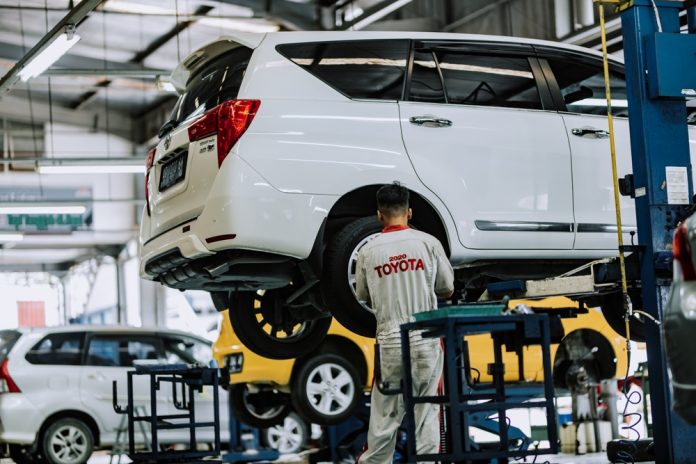Toyota delivered several updates in the wake of its third-quarter report, highlighting the speed with which the brand has recovered from its post-pandemic inventory constraints.
On Wednesday, the automaker adjusted its earnings forecasts after revealing its third-quarter profit had increased more than 150% year-over-year to $9.52 billion due to a weakening yen, improving cost-efficiency and stronger global demand for both ICE cars and green-energy vehicles. Toyota now expects to make $29.8 billion by the end of the year, up more than 50% from its originally forecasted $19.9 billion.
On Tuesday, the automaker also revealed it would invest another $8 billion into its North Carolina electric vehicle battery plant. With the additional funds, the facility will hire 3,000 additional workers, generate up to 30GWh of electricity per year and build eight new production lines to support the brand’s EV transition. The move comes despite warnings from industry insiders that demand for electric cars is starting to cool due to unaffordable prices, economic headwinds and inadequate infrastructure. Earlier this week, Toyota Australia’s vice president of sales, Sean Hanley, told reporters that electric vehicles were “impractical for the vast majority of Australian motorists.” The comments sparked debate over the automaker’s commitment to its clean energy goals.
Toyota is also increasing worker pay shortly after the (probable) conclusion of the United Auto Workers strike. Although the company’s U.S. employees are non-unionized and remain unaffected by the conflict between the UAW and Detroit-Three OEMs, company spokesman Scott Vazin confirmed that the automaker was offering improved compensation packages “to ensure that we remain competitive within the automotive industry,” according to Axios. General Motors, Stellantis and Ford have each agreed to increase wages and enhance benefits for thousands of employees after a six-week standoff that cost the industry billions in lost revenue.




